- friendly navigation and search
- Integration with popular payment gateways
- Product display options (image zoom, product videos, etc.)
- Customizable ho
- Simple and minimalistic design
- Responsive and mobile-friendly layout
- User-
- mepage and product pages
- Support for product variations and multiple languages
- SEO optimized
- Fast loading speed
- Regular updates and customer support.
1. Simple and minimalistic design
A simple and minimalistic design is a popular trend in e-commerce website design. This type of design focuses on clean, uncluttered layouts. with a focus on the products being sold. This approach can help create a sense of sophistication. The minimalistic design also tends to be more mobile-friendly and can load faster. Which is important for providing a positive user experience on smaller screens.
Additionally, a simple and minimalistic design can:
- Improve the overall aesthetic appeal of the website, making it more visually appealing and professional-looking.
- Reduce distractions and make it easier for customers to focus on the products being sold.
- The lack of clutter and excess information can reduce cognitive overload.
- Create a more modern look and feel, which can appeal to younger customers and those who are tech-savvy.
- Be more scalable, as it is easier to add new features and functionality without sacrificing. The overall look and feel of the website.
- Make it easier for customers to make a purchase. It is clean and uncluttered layout can lead to faster and more confident purchasing decisions.
Overall, a simple and minimalistic design can be an effective choice for e-commerce websites. It can help improve the customer experience and increase conversions.
2. Responsive and mobile-friendly layout
A responsive and mobile-friendly layout is important for e-commerce websites. A large number of online shoppers use their mobile devices to make purchases. A responsive layout adjusts the website’s design to fit the screen size of the device being used. Providing an optimized user experience regardless of whether the customer. The customer is using a desktop computer, tablet, or smartphone.
Having a mobile-friendly layout is crucial because:
- It improves the user experience for customers who are shopping on the go. Making it easier for them to browse, search, and make purchases on their mobile devices.
- It helps improve the website’s search engine optimization, as search engines favour websites. That are optimized for mobile devices.
- It increases the website’s accessibility, as a responsive layout ensures. Customers can easily use the website with different types of devices and screen sizes.
- It can improve conversions, as customers are more likely to complete a purchase. If they have a positive experience when shopping on their mobile devices.
In conclusion, a responsive and mobile-friendly layout is a critical aspect of e-commerce website design, as it can improve the customer experience, increase conversions, and enhance the website’s overall performance.
3. User-friendly navigation and search
User-friendly navigation and search are crucial elements of an e-commerce website. They help customers quickly and easily find what they are looking for. A well-designed navigation structure should be intuitive and allow customers. Easily find the categories and subcategories they are interested in. While a robust search function should return relevant results and allow customers to filter their search results based on different criteria.
Benefits of user-friendly navigation and search include:
- Improved customer experience: A well-designed navigation and search system can.
- Increased conversions: When customers can quickly find what they are looking for. They are more likely to complete a purchase. leading to increased conversions for the website.
- Better product visibility: A well-organized navigation structure can help ensure that all of the website’s products are easily discoverable. leading to increased visibility for the products and the website as a whole.
- Enhanced search engine optimization (SEO): A user-friendly navigation structure. Search function can help improve the website’s search engine optimization.
In conclusion, user-friendly navigation and search are essential elements of an e-commerce website. They can improve the customer experience. Increase conversions. Enhance the website’s overall performance.
4. Integration with popular payment gateways
Integration with popular payment gateways is a crucial aspect of any e-commerce website. It allows customers to make purchases securely and conveniently. Payment gateways provide a secure link between the website and the customer’s bank. Allowing for the secure transfer of funds.
Some benefits of integrating with popular payment gateways include:
- Increased customer trust: Integrating with popular and well-established payment gateways can help build trust with customers. They know that their financial information is being handled securely.
- Convenient payment options: Integration with multiple payment gateways allows customers to choose the payment option that works best for them. Which can improve their overall experience and increase the likelihood of a successful transaction.
- Improved checkout process: A smooth and seamless checkout process is critical for e-commerce websites. Integration with popular payment gateways can help streamline the process and reduce cart abandonment rates.
- Reduced fraud risk: Payment gateways employ various security measures to help protect against fraud. Which can help reduce the risk of fraudulent transactions for the website.
In conclusion, integration with popular payment gateways is a critical aspect of e-commerce website design It can improve the customer experience, increase conversions, and enhance the website’s overall security.
5. Product display options (image zoom, product videos, etc.)
Product display options, such as image zoom, product videos. Other features are important elements of an e-commerce website because they help customers get a better understanding of the products being sold. These options can provide customers with a more comprehensive view of the products. Which can help improve their overall experience and increase the likelihood of a successful transaction.
Some benefits of product display options include:
Improved product understanding: Image zoom and product videos can provide customers. More detailed view of the products, which can help them understand the products better and make more informed purchasing decisions.
Increased customer engagement:
Product display options, such as videos and 360-degree images, can be engaging and provide customers with a more immersive experience, which can improve their overall enjoyment of the website and increase the likelihood of a successful transaction.
Reduced return rates:
When customers have a better understanding of the products they are purchasing, they are less likely to return the products, which can help reduce the overall return rate for the website.
Enhanced search engine optimization (SEO):
Product display options, such as videos and images, can help improve the website’s search engine optimization, making it easier for customers to find the website and its products through search engines.
In conclusion, product display options, such as image zoom and product videos, are important elements of e-commerce website design, as they can improve the customer experience, increase conversions, and enhance the website’s overall performance.
6. Customizable homepage and product pages
Customizable homepage and product pages are key features of an e-commerce website, as they allow store owners to showcase their products and brand in a way that best represents their business.
Some benefits of customizable homepage and product pages include:
- Improved brand representation: Customizable pages allow store owners to showcase their products and brand in a way that best represents their business, which can help build trust with customers and increase brand recognition.
- Increased customer engagement: Personalized and unique homepage and product pages can engage customers and provide them with a more enjoyable experience on the website, which can increase the likelihood of a successful transaction.
- Improved product presentation: Store owners can use customizable pages to highlight the features and benefits of their products, which can help improve the presentation of the products and increase their visibility.
- Enhanced marketing efforts: Customizable pages can be used to support marketing efforts, such as highlighting sales and promotions, displaying featured products, and showcasing customer testimonials.
Conclusion
customizable homepage and product pages are essential elements of e-commerce website design. They provide store owners with the ability to create a unique and personalized experience for their customers. Which can improve the overall performance of the website. Increase the likelihood of a successful transaction.
Check out:- Digital Marketing Agency WordPress Themes, Marketing Agency WordPress Themes, Advertising Agency PrestaShop Themes
7. Support for product variations and multiple languages
When selecting a Shopify theme for an e-commerce website, it’s important to consider the support for product variations and multiple languages. Some themes may have built-in features for managing variations of a product, such as different sizes or colors. Additionally, having the ability to display the website in multiple languages can expand the reach of your store to a global audience. It’s important to choose a theme that offers these features to make the management and customization of your store as efficient as possible.
8. SEO optimized
SEO (Search Engine Optimization) optimization is an important aspect of e-commerce website design, as it helps improve the website’s visibility in search engines, making it easier for customers to find the website and its products. An SEO-optimized website can increase its organic traffic, improve the website’s credibility, and increase the likelihood of a successful transaction.
Some benefits of an SEO-optimized website include:
- Increased organic traffic: An SEO-optimized website can increase its visibility in search engines, making it easier for customers to find the website and its products, which can help increase the website’s organic traffic.
- Improved credibility: A higher ranking in search engines can improve the website’s credibility and build trust with customers, which can increase the likelihood of a successful transaction.
- Better user experience: An SEO-optimized website can provide a better user experience, as it is easier for customers to find the information and products they are looking for.
- Increased competitiveness: An SEO-optimized website can have a competitive advantage over other websites, as it can appear at the top of search results and attract more organic traffic.
In conclusion, SEO optimization is a crucial aspect of e-commerce website design. It can improve the website’s visibility, credibility, and overall performance, and increase the likelihood of a successful transaction.
9. Fast loading speed
Fast loading speed is an important factor in e-commerce website design, as it can directly impact the customer experience and the likelihood of a successful transaction. A fast-loading website can improve the user experience, reduce bounce rates. Increase the time spent on the website, which can lead to higher conversion rates.
Some benefits of a fast-loading website include:
Improved user experience: A fast-loading website provides a better user experience, as customers do not have to wait long for the website to load, which can increase their satisfaction and the likelihood of a successful transaction.
Reduced bounce rates: A fast-loading website can reduce bounce rates, as customers are less likely to leave. The website due to slow loading times. Which can help improve the website’s overall performance.
Increased time spent on the website: A fast-loading website can encourage customers to spend more time on the website. They can quickly and easily access the information and products they are looking for, which can increase the likelihood of a successful transaction.
Improved search engine rankings: Fast loading speed is a factor in search engine rankings, as search engines prioritize websites that provide a fast and seamless user experience, which can help improve the website’s visibility in search results.
Conclusion
fast loading speed is a critical aspect of e-commerce website design. It can improve the customer experience, reduce bounce rates, increase the likelihood of a successful transaction.
10. Regular updates and customer support.
Some benefits of regular updates and customer support include:
- Improved performance and security: Regular updates can help improve the website’s performance and security. It can address known bugs. Improve existing features, and add new functionality. It can help ensure that the website continues to function smoothly.
- Better user experience: Regular updates can also improve the website’s user experience. As new features and improvements can provide a better experience for customers. Which can increase the likelihood of a successful transaction.
- Increased trust with customers: Customer support can help build trust with customers. As they have access to a dedicated support team that can provide assistance. Any issues they may encounter can increase the likelihood of a successful transaction.
- Proactive problem resolution: Customer support can help proactively resolve any issues that customers may encounter. Which can reduce the risk of lost sales and improve the customer experience.
In conclusion, regular updates and customer support are important components of e-commerce website design. As they can help improve the website’s performance and security. Provide a better user experience, and increase the likelihood of a successful transaction.
More Blogs:
7 Best Dark Website Themes For WordPress Websites In 2023
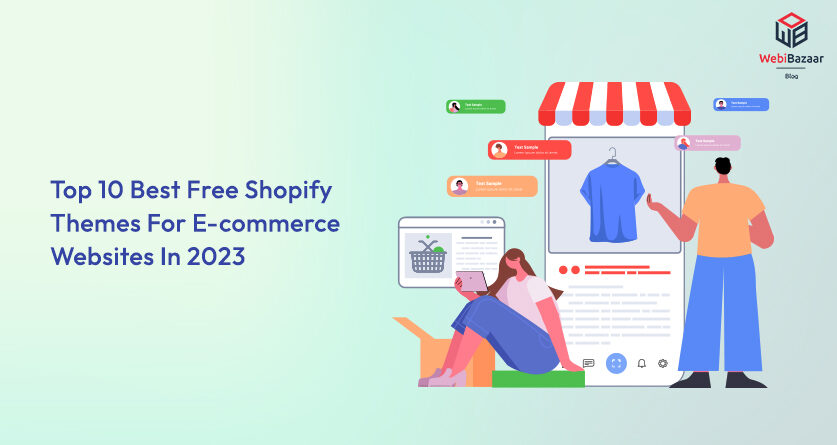
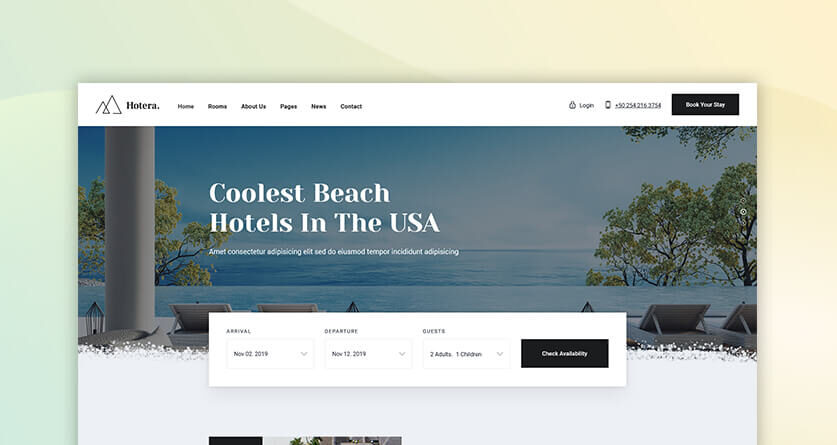
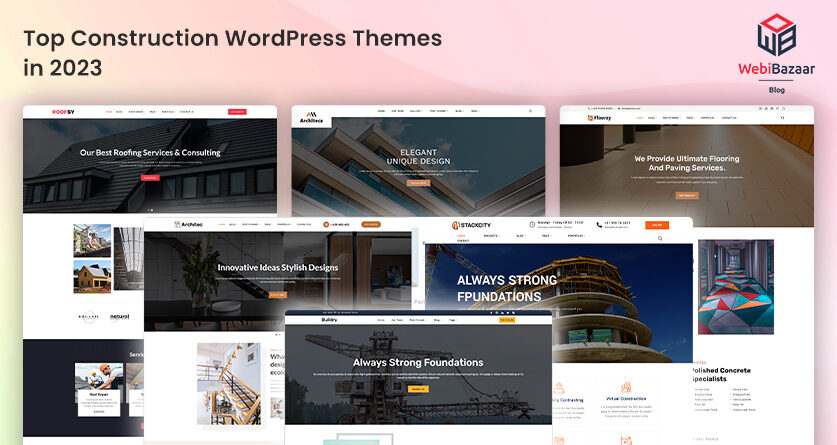
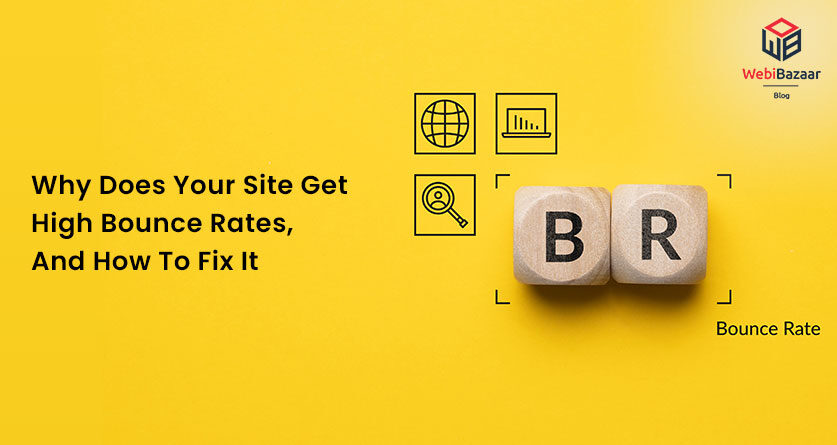
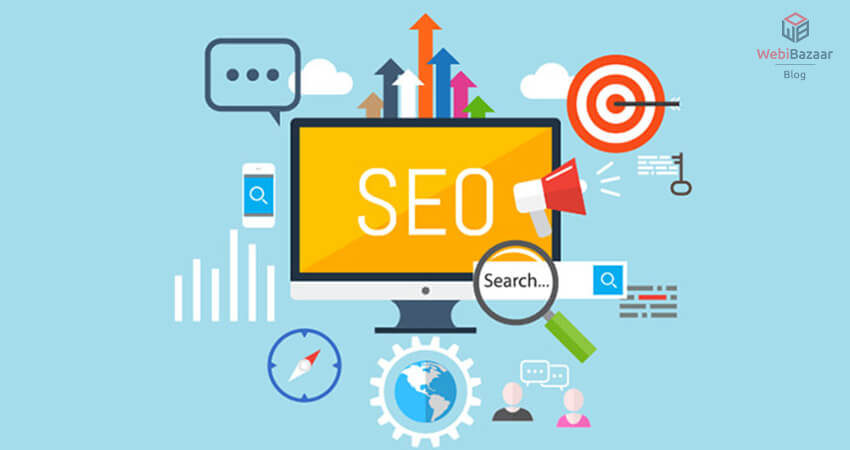
![Installation Of PrestaShop 1.7.X On LocalHost [Step by Step Tutorial]](https://www.webibazaar.com/blog/wp-content/uploads/2020/02/Install-prestashop-1-1.jpg)
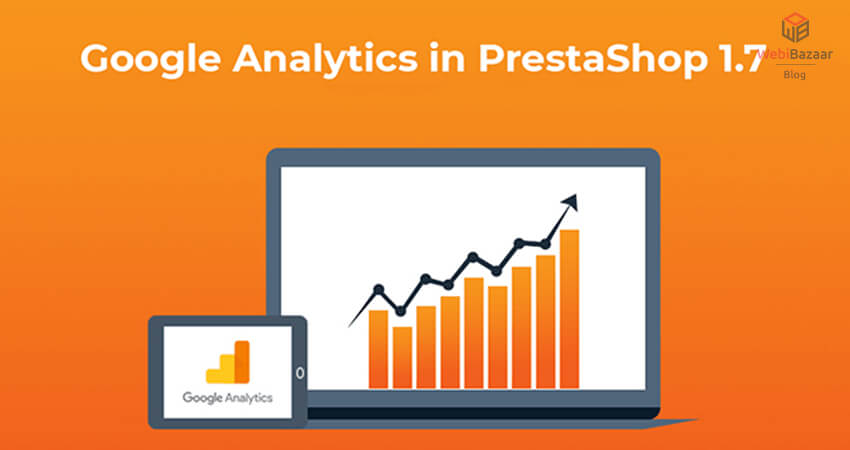
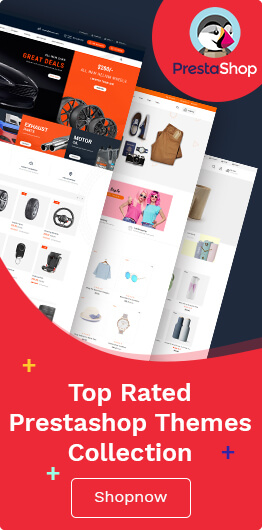
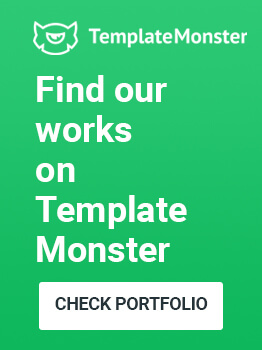

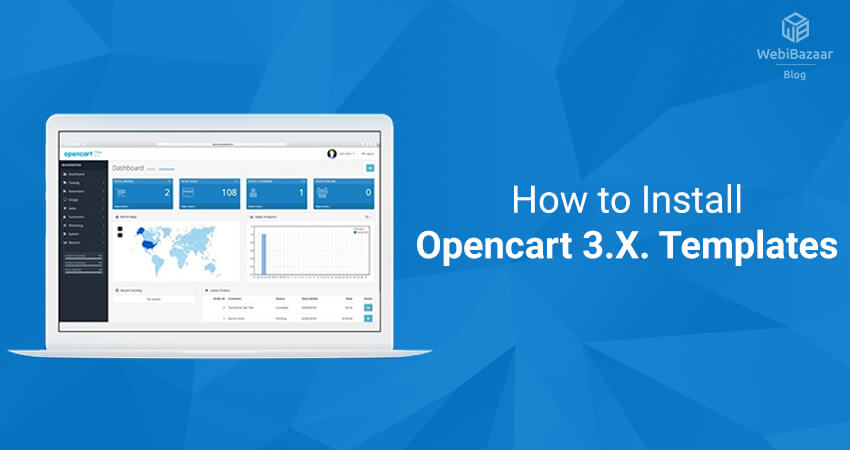
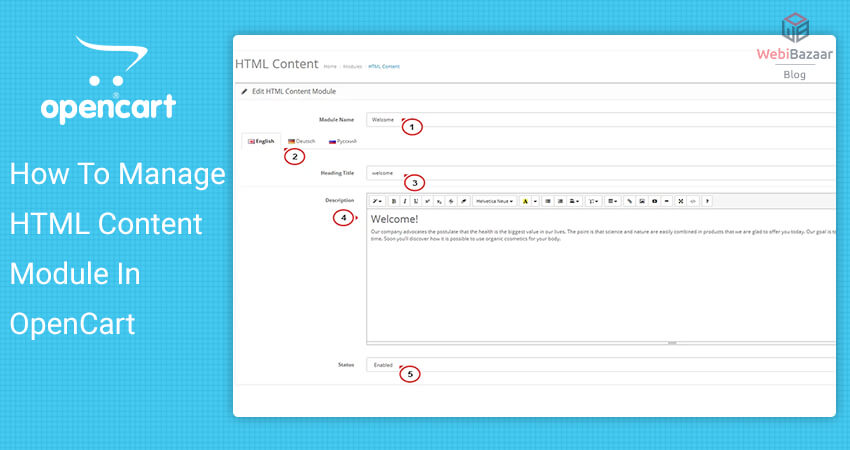
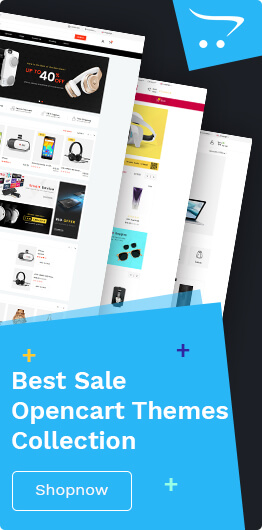

Recent Comments